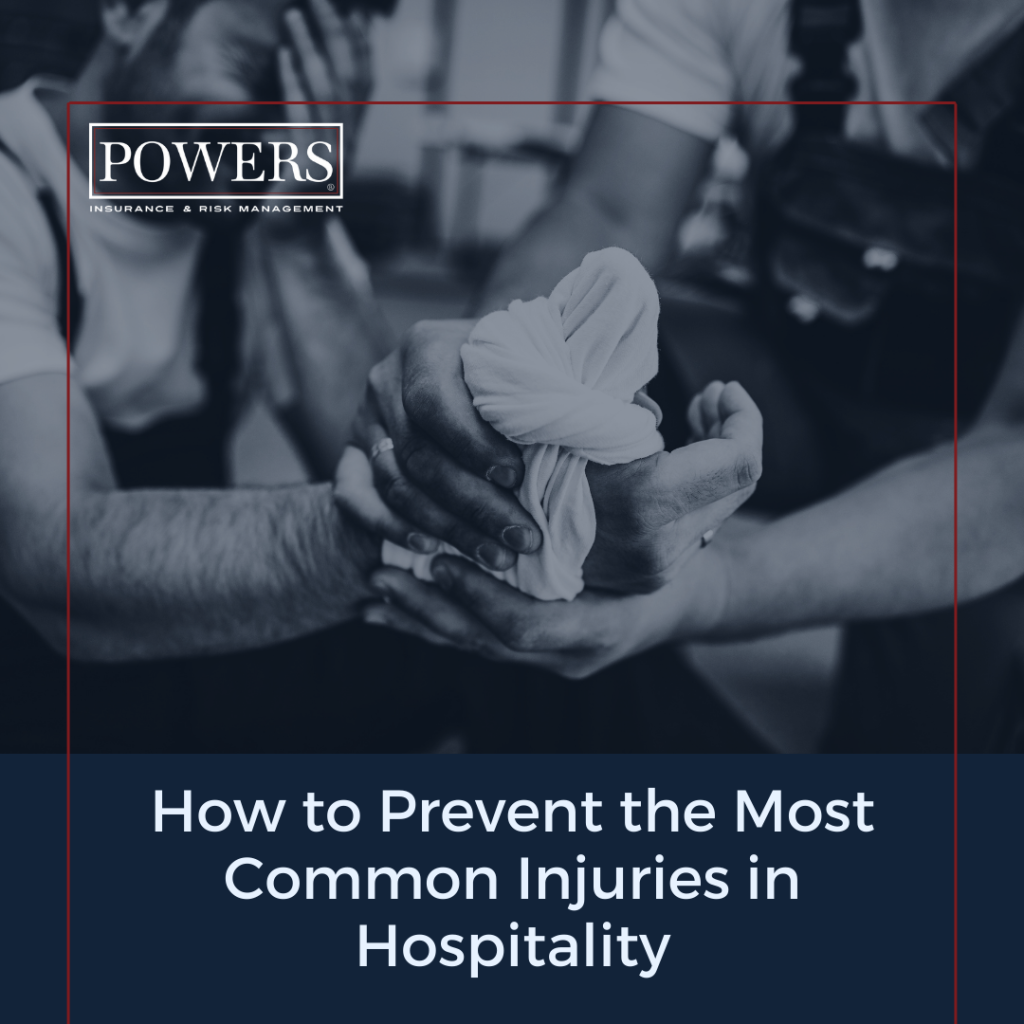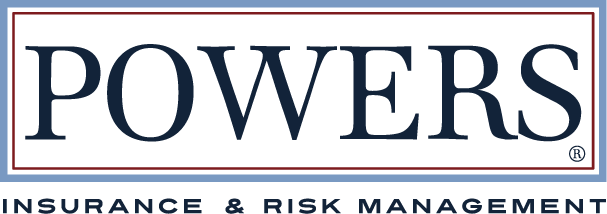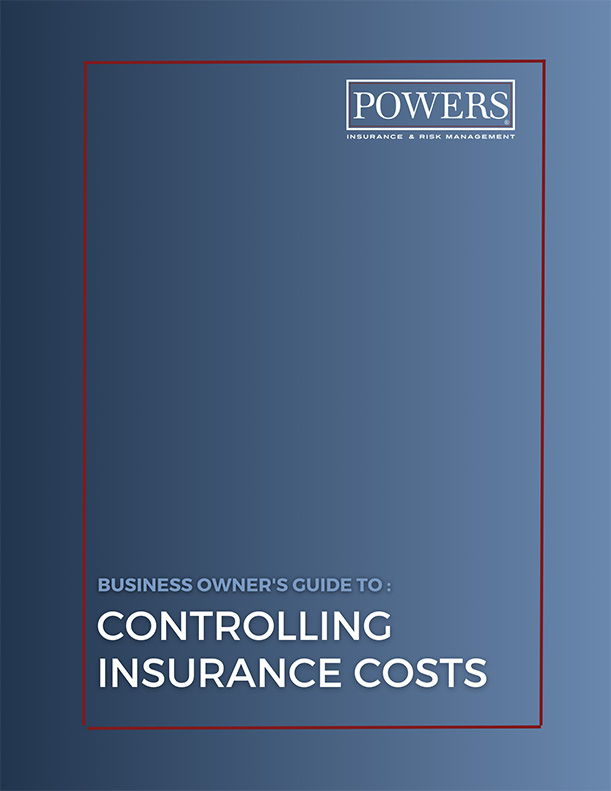The hospitality industry averages more than 90,000 injuries per year. Some of the most common injuries in hospitality range from cuts and bruises to musculoskeletal disorders and severe burns.
What are the top causes of employee injury in this important sector, and how can business owners mitigate their risk? Let’s dive in.

What types of businesses are in the hospitality industry?
First things first: Which businesses are classified as hospitality? The hospitality industry includes a wide range of businesses within the service sector falling into four categories: food and beverage, lodging, recreation, and events.
Food and beverage
- Restaurants
- Catering businesses
- Food trucks
- Dram shops
- Bars
- Taverns
- Nightclubs
- Breweries
- Distilleries
- Wineries
- Vineyards
Lodging
- Hotels
- Motels
- Inns
- Resorts
- B&Bs
Recreation
- Casinos
- Gaming facilities
- Amusement parks
- Zoos
- Museums
Events
- Concert venues
- Event spaces
- Theaters
The common thread is that hospitality businesses house, feed, transport, and entertain their customers.
What are the most common injuries in hospitality?
According to the Bureau of Labor Statistics, the most common workplace injuries in the hospitality sector are sprains, cuts, soreness, and pain. However, the types of injuries in hospitality vary widely; the incidence rate of injuries of “other natures” is larger than any other category.
Top types of injuries in hospitality
| Type of injury | Incidence rate per 10K workers |
| Sprains, strains, tears | 16.6 |
| Soreness, pain | 13.8 |
| Cuts, lacerations | 10.2 |
| Burns | 6.6 |
| Fractures | 6.5 |
| Bruises, contusions | 6.4 |
| All other natures | 20.4 |
When discussing injury prevention, it’s more helpful to talk about what causes these injuries rather than the injuries themselves.
Top causes of injury in hospitality
| Cause of injury | Incidence rate per 10K workers |
| Slips, trips, and falls | 23.8 |
| Exposure to harmful substances | 20.9 |
| Contact with objects and equipment | 20.3 |
| Overexertion | 15.8 |
| Transportation | 1.9 |
| Violence | 1.9 |
Let’s dig further into the top causes of some of the most common injuries in hospitality and best practices to help prevent them.
How to prevent hospitality injuries
To improve your organization’s safety and prevent injuries, there are a few basics to cover first. Nailing these three aspects of an effective safety program will help prevent all types of injuries.
- Safety culture: The best policies in the world won’t make a difference without commitment and consistency from your company – and buy-in from employees.
- Documented policies and procedures: Establish policies and put them in writing. Then have each employee sign them upon review.
- Regular staff training: Safety policies should be part of onboarding and ongoing employee communications. Safety meetings and posters help keep policies top of mind.
Now let’s dive into the best practices you can follow to prevent each common workplace accident.
Slips, trips, and falls
In hospitality, most “slip, trip, and fall” injuries are falls on the same level. This contrasts with falls to a lower level, which are common accidents in industries like construction.
A slip or trip might seem innocuous, but these incidents can lead to serious injuries like sprains, fractures, head injuries, and bruises.
Here are some strategies to prevent slips and trips, some of the most common injuries in hospitality:
- Floor maintenance: Inspect and maintain floors to ensure they’re clean and free from hazards like loose tiles. Wet, slippery floors are also a huge risk in any workplace serving food and drinks. Address spills immediately by marking them with a cone or signage until they can be cleaned up. Using slip-resistant mats in high-risk areas can also prevent slips.
- Slip-resistant footwear: Require employees in kitchen and bar environments to wear slip-resistant footwear. We recommend providing this crucial personal protective equipment for employees – it’s an expense that pays off.
- Clear walkways: Empower employees to keep workspaces organized with storage and labeling systems. Clear walkways of obstacles and clutter to avoid trips.
- Proper lighting: Dimly lit areas can conceal trip hazards. Pay special attention to stairways and areas used at night, like a pathway to the dumpster. Employees need adequate lighting to navigate these areas safely.
Exposure to harmful substances and environments
Keeping a clean and safe environment for guests is a top priority in hospitality, and in reducing some of the most common injuries in hospitality. The use of industrial cleaners, commercial kitchen equipment, and maintenance-related substances can put employees at risk.
Our top tips for preventing these exposures:
- Chemical safety: Document the processes for proper handling, storage, and disposal of chemicals. Provide the necessary PPE for employees working with these substances, like rubber gloves and boots, face masks, and safety glasses.
- Ventilation control: Ensure proper ventilation in areas with potential contaminants, such as kitchens and maintenance sites.
- Special equipment training: Train employees to safely use equipment that generates harmful substances, like stovetops, grills, and deep dryers.
- Emergency response: Develop clear emergency protocols for incidents involving hazardous substances, and conduct regular drills.
Contact with objects and equipment
This broad category encompasses everything from kitchen knife cuts to amputations from power tool incidents. Hospitality employees have a wide range of job duties and often perform duties outside the typical scope of their role.
Creating safety protocols and standard operating procedures is critical in hospitality. Check these areas:
- Equipment maintenance: Inspect and maintain kitchen and service equipment to keep it in safe working condition.
- Storage: Store items at appropriate heights, with large, heavy items at lower levels. This minimizes the potential risk of items falling.
- Safety guards: Never remove safety guards on equipment with moving parts, and install additional guards if needed.
Overexertion
Improper lifting and repetitive motion can lead to musculoskeletal injuries like sprains, neck pain, herniated discs, carpal tunnel syndrome, and more.
Use these strategies to prevent overexertion injuries:
- Ergonomic design: Intentionally design workstations to reduce physical strain. Invest in adjustable tables and chairs to accommodate different body types.
- Breaks and rotations: Schedule regular breaks and work rotations to avoid prolonged periods of exertion and repetitive motion.
- Safe lifting: Train employees on proper lifting techniques and, when possible, use equipment or team lift to reduce heavy loads.
- Workload management: Keep adequate staffing levels to prevent excessive strain on employees.
Identify your business’s unique exposures
Your hospitality business is one of a kind. What works for your competitor down the road might not be the best path for you.
A specialized risk advisor can walk you through an exposure analysis to identify your top risks and create a plan to mitigate them.At POWERS, we specialize in hospitality risk. Find out how we can help you use risk management strategically to grow your business by scheduling a free 30-minute consultation.





